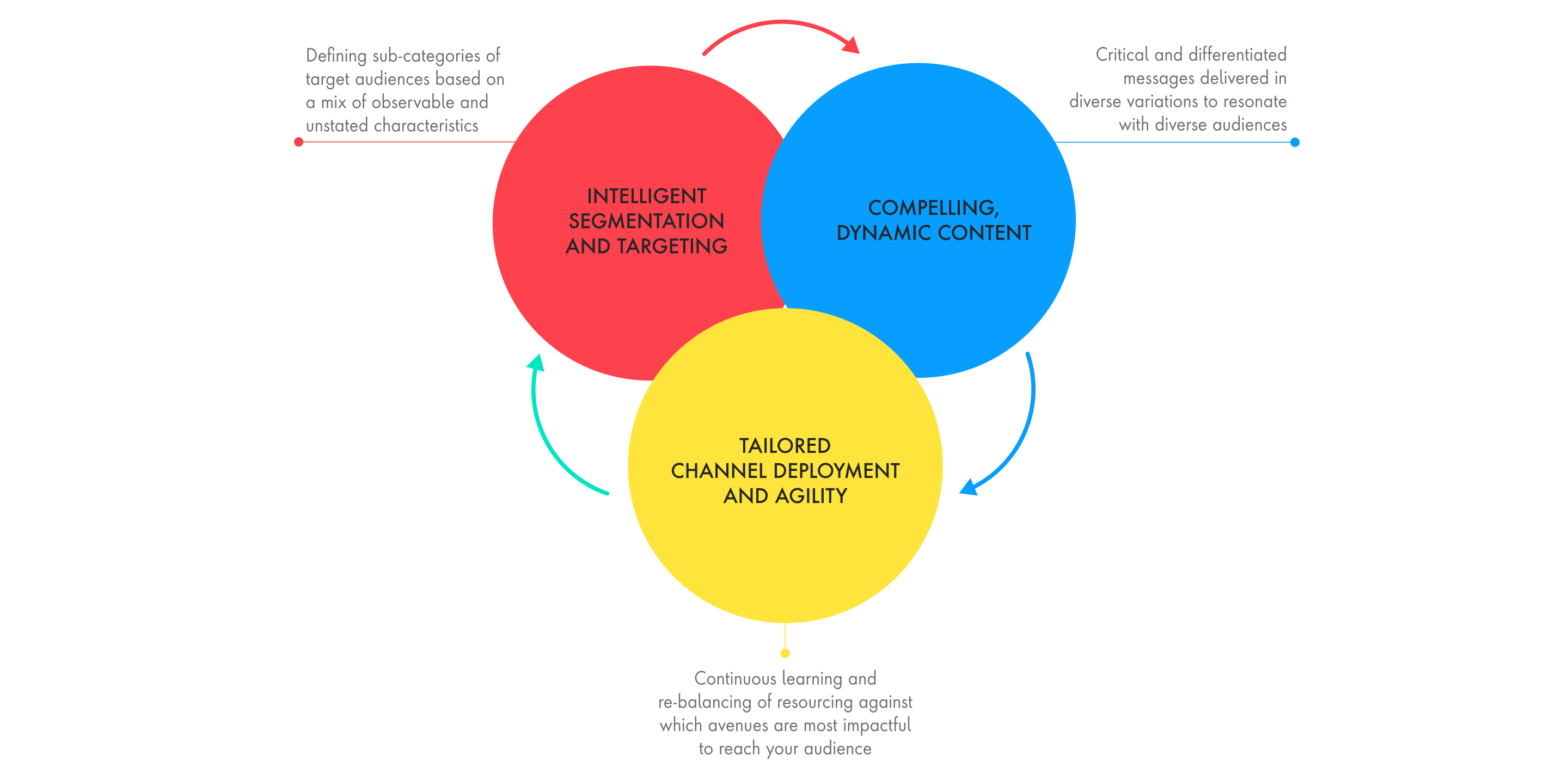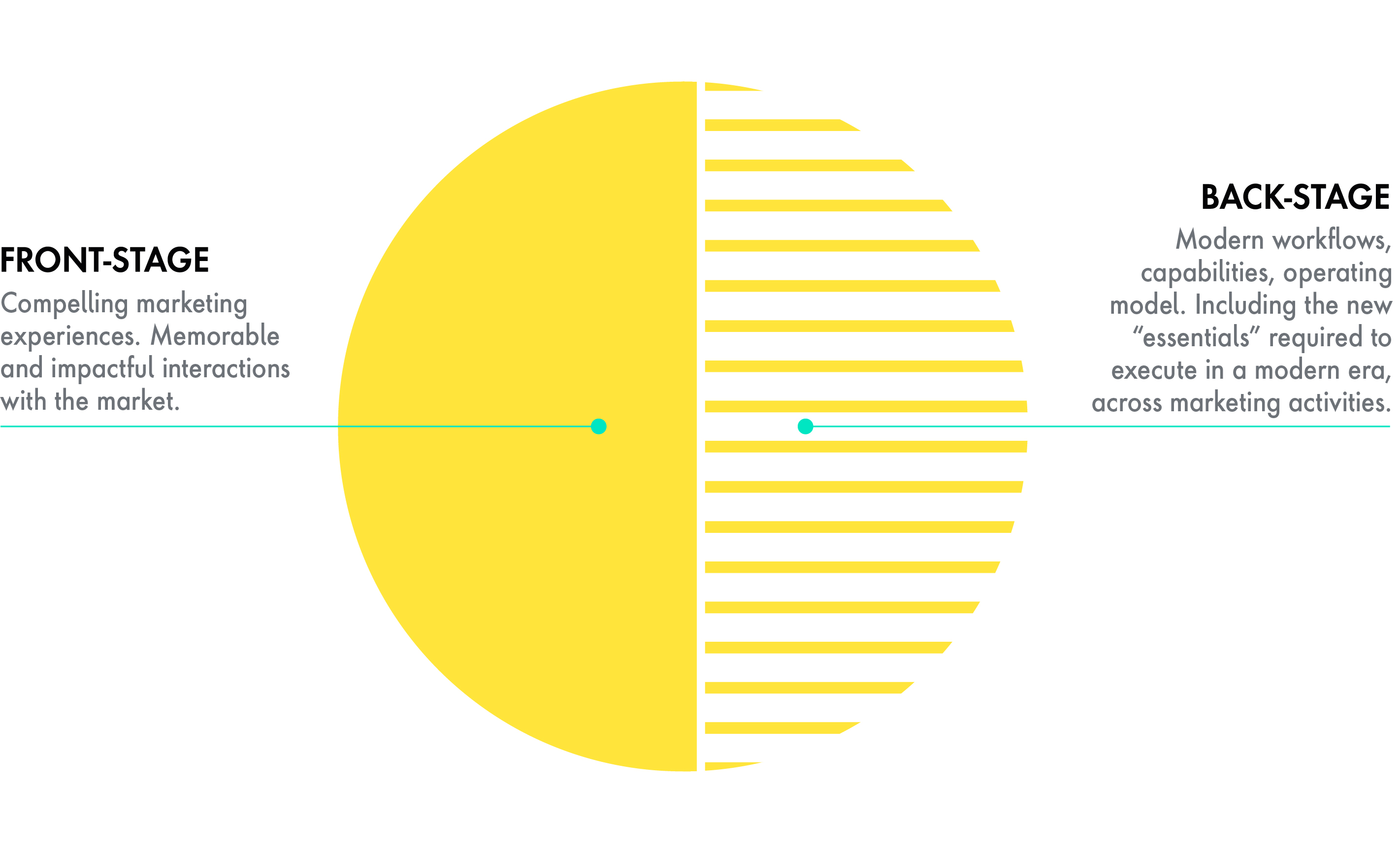What issue can we solve for you?
Type in your prompt above or try one of these suggestions
Suggested Prompt



Health
Pharma Growth–Mining Opportunity from Our New Virtual World
Pharma Growth–Mining Opportunity from Our New Virtual World
Pharmaceutical sales teams, like just about every other industry amid COVID-19, have moved into the virtual space where healthcare professionals and customer-engagement teams are meeting on unfamiliar terrain. Sales representatives’ in-person interactions with potential customers are down by at least 35% in favor of digital channels. Similarly, consumer behavior and engagement are significantly transforming.
According to Publicis Sapient’s Digital Life Index, in the U.S. and UK, there is a strong demand for digital health technologies. More than half of people surveyed said the ability to consult with a doctor online would help them to manage their health more effectively. As more citizens turn to digital channels, pharma’s role in the conversation has to immediately change.
To win in this new environment, Pharma needs to use data and marketing automation technologies to personalize the engagement with both healthcare professionals and consumers. Pharma companies must be prepared to use tools and resources that can help target segments with content across the right channels.

Marketing programs that leverage the emergent power of AI, machine learning and big data processing will be the making of the leading pharmaceutical companies of the future. Modern pharma sales and marketing organizations must consider both the experiences they need to create for both customers and influencers, and the capabilities that will be required to do this well. While technology will not replace the relationship between the provider and the patient, technology is augmenting care and unlocking new possibilities.
Marketing programs that leverage the emergent power of AI, machine learning and big data processing will be the making of the leading pharmaceutical companies of the future.

From awareness through adherence, perceptive pharma brands are bringing the right message to the right audiences through multiple intersecting channels. They are driving better holistic patient connectivity because meaningful patient experiences drive better treatment behavior and retention. Successful marketing teams have three areas of primary responsibility in this new way forward:

Customer journey mapping must connect to intimate and reliable consumer knowledge. Today’s pharma customers will benefit from a highly-personalized, omnichannel branded experience where they can access information and support from a number of relevant channels based on the customer journey map.

Understanding what tools and content are available, what questions they can answer and how to use them is hard enough. However, developing coordinated programs requires that multiple vendors are deploying the same segmentation, data and insights to make informed and fully aligned decisions on media buying, planning and optimization. Marketing automation software will help to create customer journeys, automate marketing tasks and create a single view of the customer.

As new marketing technology and customer journey mapping evolves, organizational integration is imperative to reap the full promise and potential. From dynamic content to Customer Relationship Management systems or Customer Data Platforms, the entire enterprise must be engaged, not just marketing, in how best to take advantage of a single view of every customer.
Today’s CMO must bring skill, experience and authority to the table, as well as partners who can master workflow design/redesign, IT Engineering Transformation, Agile Delivery and organizational change management on a regular basis.
Today’s pharma customers will benefit from a highly personalized, omnichannel branded experience where they can access information and support.
As leaders seek to get from where they are to where they need to be, they must fully understand what they are solving for. There are three significant opportunities:
1. INTERORGANIZATIONAL COLLABORATION
The range of capabilities required to ignite sustainable change is broad and complex, but by unifying sales, marketing and IT functions around a clear vision for what could be possible, high performing organizations can deploy more transformative programs, curate more effective investments and reduce wasteful and/or competing expenditures. Today, moving from project-based thinking to product-based thinking is an essential part of delivering a successful digital transformation. Product Management focuses on evolving marketing software and systems into products that are valuable, usable and feasible.
2. INNOVATION & ACCOUNTABILITY
Let’s face it, there is strong inertia behind existing models. However, accountability is diluted across functions when many partners each only own a small part of any risk. By adopting a test-and-learn culture and designating a lab to test, benchmark and prioritize solutions on equal footing, there is unprecedented opportunity to try new things while applying real-time learnings to drive desirable outcomes, and lowering the risk of large investments.
3. GROWTH & MORE DIRECT CUSTOMER VALUE
If you are able to define sub-categories of target audiences based on a mix of observable and unstated characteristics you are then able to deliver critical and differentiated messages delivered in diverse variations to resonate with diverse audiences. The relevance of these highly nuanced messages is what drive actions (e.g., making an appointment with the HCP) that lead to sales and growth.
By using a unified approach to marketing, advanced technologies help pharma business find renewed influence, engagement and opportunities for partnership that will be transformative for the path ahead. Those willing to embrace these growth opportunities open the door to a new generation of pharma sales and service capabilities.
Pharma Growth Lab - find out more about our approach to sales and marketing modernization.




